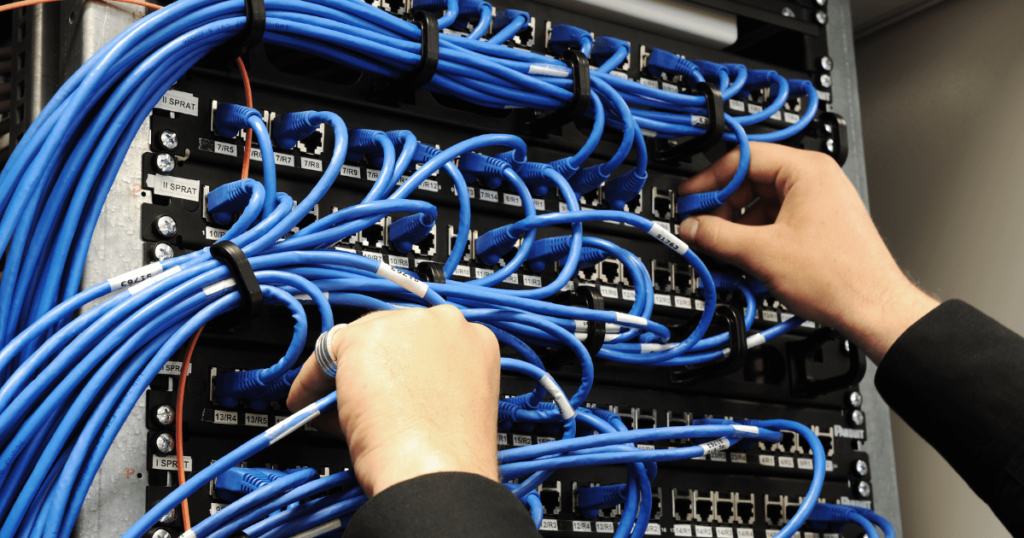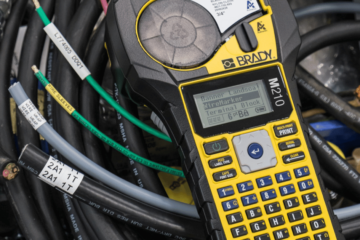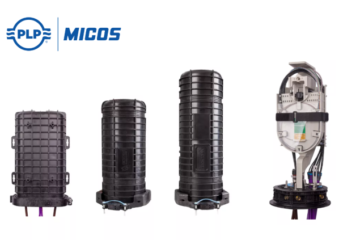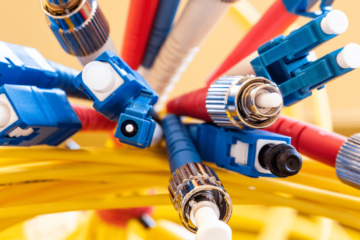
In the telecommunications sector, intricate detailing in cable organization transcends a mere pursuit of aesthetic appeal. Proper cable management serves as a testament to dedication towards system reliability, longevity, and operational safety. Cables that are well-managed reduce failures from undue wear and tear and facilitate streamlined maintenance and troubleshooting. Within the context of the telecom industry, let’s explore advanced techniques essential for optimal cable management.
Document and Label Methodically
In a sector that is always evolving, ensure that every cable, especially those connecting telecom devices, is accurately documented. Use color codes, number systems, or a combination to label cables, ports, and corresponding devices. This systematic approach not only speeds up troubleshooting but also ensures precise connectivity in complex telecom environments.
Employ Vertical and Horizontal Cable Managers
These are indispensable, especially when dealing with telecom rack installations. They provide a structured pathway for cables, ensuring that power and data cables, fundamental in telecom setups, are kept separate, thus reducing the risk of electromagnetic interference.
Implement Cable Ties and Velcro
While they might seem rudimentary, they’re pivotal in bundling cables, ensuring they stay on their designated course. But, given the sensitivity of telecom cables, avoid tying them too tight to prevent functionality impairment.
Select the Correct Cable Length
Excessively long cables can not only lead to clutter but might also degrade signal quality, a cardinal sin in telecom. Opt for lengths that strike a balance between minimal slack and operational flexibility.

Plan for Future Telecom Needs
Always anticipate future expansions. This means reserving space for additional cables, labeling unused ports, and ensuring pathways can handle more cables when the time comes.
Commit to Regular Reviews and Audits
Cable management in the telecom sector is ongoing. Periodic checks ensure that modifications or additions adhere to the organized structure and the rigorous standards synonymous with telecom operations.
Adopt Conduit and Trunking Systems
In telecom hubs bustling with cables, conduit and trunking systems are vital. They cluster cables effectively, offer protection, and maintain an organized appearance.
In the telecom realm, cable management is not just about tidiness; it’s a prerequisite for operational excellence. The strategies highlighted above serve as guidelines for professionals aiming for telecom installations that stand out not only in organization but also in optimal performance. Proper cable management can significantly reduce system interruptions, simplify troubleshooting, and elevate the lifespan and efficiency of telecom equipment.
Related articles: Selecting Telecom Products: Key Features and Specifications









